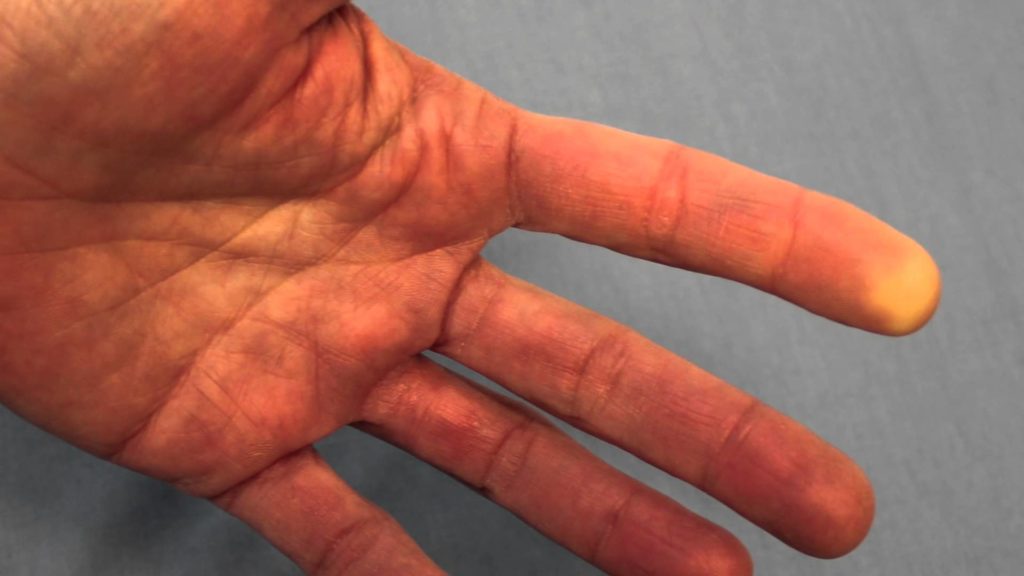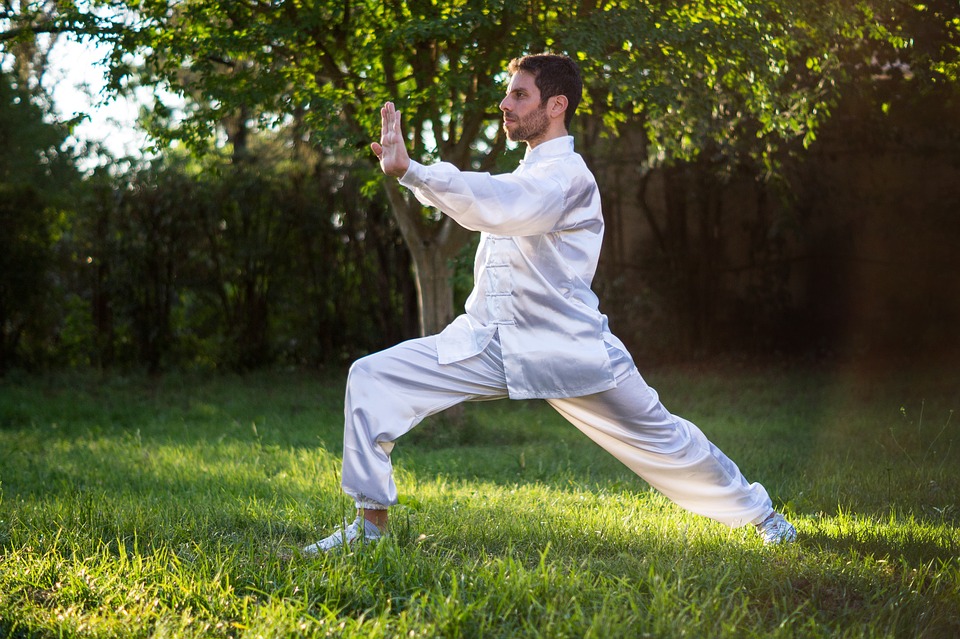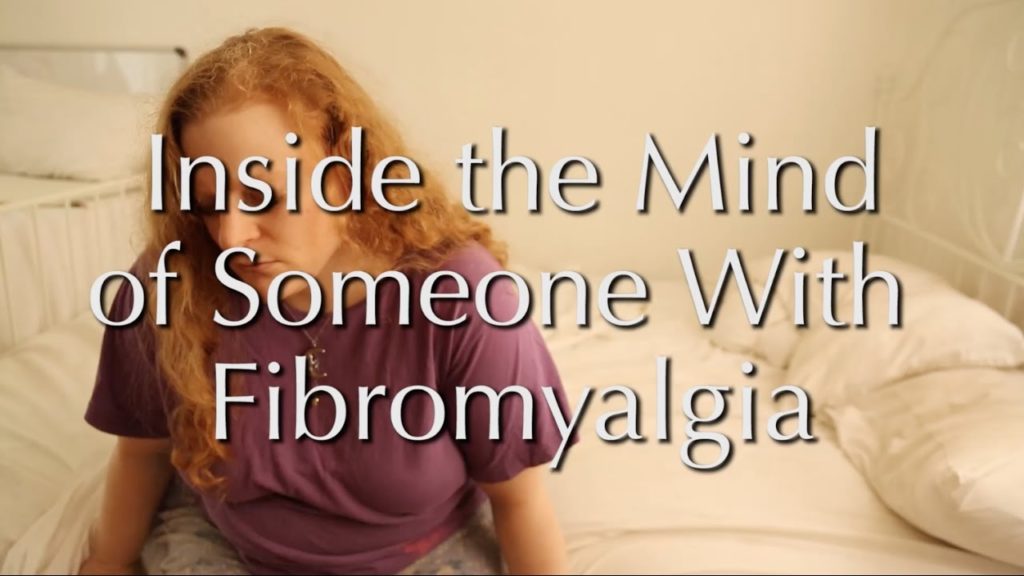Find out more about Raynaud’s and Fibromyalgia
fibromyalgia
Do you have fibromyalgia? Could you help a student with a short survey please?
This study is a partial requirement for a PhD in Clinical Psychology from California Institute of Human Science. This anonymous survey is for people 18-65 who have Fibromyalgia and have had at least 4 EFT sessions with a practitioner or who have taken prescription medicine for it at least four months. This study investigates self-report scores of the efficacy effects of Emotional Freedom Technique (EFT) and medications on the symptoms of adult fibromyalgia (FM). Clearly, the dynamics of FM indicate a unique and complicated condition whose sufferers could benefit from our learning more about treatment from the patient’s perspective. In this case, we are interested in how people experience their Fibromyalgia treatment.
The Fibromyalgia Survey Monkey 14 question survey, is an anonymous, point-in-time survey. It asks the Fibromyalgia sufferer about their thoughts and feelings about symptoms and two types of treatment (EFT and Medications). The anonymous, self report survey will be offered to EFT practitioners and their clients. In addition, it will be offered to the pool of ongoing anonymous participants as part of Survey Monkey’s research linkage platform; and/or offered on various social media websites, specifically FM chat rooms. The goal will be to find at least 60 participants for each type of treatment. The point in time will be after at least 4 months of treatment.
Thank you for your participation. Here is the survey link if you want to send it to anyone (please do):
https://www.surveymonkey.com/r/5W9DBNF
Jan Warner LISWS, LCDC-III
PhD Candidate
Tai chi may be as effective for fibromyalgia as standard exercise
“Tai chi recommended to fight fibromyalgia,” reports the BBC. The headline comes from the results of a US trial that found tai chi was more effective than aerobic exercise in improving symptoms of fibromyalgia.
Fibromyalgia is a long-term condition where pain is felt all over the body. The cause is unknown and there’s no cure.
Treatment aims to help people cope with the pain, and physiotherapy and exercise have been shown to be beneficial.
This trial randomised 226 adults with fibromyalgia to either taking aerobics exercise classes or tai chi classes.
Aerobic is an umbrella term to describe a range of exercises designed to raise your heart rate while also strengthening and stretching your muscles.
Tai chi is a Chinese martial art that focuses on achieving mental calmness through gentle, flowing, low-impact physical movements.
People were allocated to either type of exercise once or twice a week for either 12 or 24 weeks.
There was an overall improvement in each group, though overall people who did tai chi saw a greater improvement in their symptoms than those who did aerobics.
Attending classes twice a week for 24 weeks resulted in the best outcomes.
Tai chi may well be a good option for people with fibromyalgia, as it’s unlikely to cause injury or harm and can be tailored to individual ability.
But personal preference is key, and this study shows that either form of exercise is likely to be beneficial.
Find out more about the potential benefits of tai chi
Where did the story come from?
The study was led by a team of researchers from Tufts University and Brown University School of Public Health, both in the US.
It was funded by the US National Institutes of Health.
The study was published in the peer-reviewed British Medical Journal (BMJ). It’s available on an open access basis and can be read free online.
BBC News’ coverage of the study was balanced and accurate.
What kind of research was this?
This randomised controlled trial (RCT) aimed to investigate the effectiveness of tai chi compared with standard aerobics exercise for people with fibromyalgia.
Fibromyalgia is a long-term condition that causes pain all over the body as well as fatigue. Although the exact cause is unknown, it’s thought to be the result of abnormalities in pain regulation in the brain.
There may be a genetic link that puts people at increased risk of developing the condition, and it’s often triggered by a physically or emotionally stressful event.
There’s no cure for fibromyalgia, but exercise, in particular, has been found to offer a number of benefits and is currently part of the recommended standard care for the management of the condition.
Tai chi has been shown to have similar therapeutic benefits in people with osteoarthritis, so the researchers wanted to determine whether it could be a therapeutic option for people with fibromyalgia.
They also wanted to assess whether it may be more effective than the standard recommended aerobic exercises.
RCTs are considered one of the highest quality study designs for comparing the effectiveness of 2 interventions, in this case different forms of exercise.
RCTs are usually double-blinded, meaning neither the participants nor the researchers know what intervention people are receiving until the study’s complete.
It wasn’t possible to blind participants in this study when they were receiving structured interventions such as tai chi and aerobics. This raises the possibility of a placebo effect biasing the results.
What did the research involve?
The researchers recruited 226 adults with fibromyalgia and followed them for 12 months.
Participants were randomly assigned to receive either supervised aerobics exercise (75 people) or 1 of 4 classic Yang-style supervised tai chi exercises (151 people).
The tai chi sessions each lasted 60 minutes, once or twice a week for either 12 or 24 weeks.
The aerobic exercise sessions were also 60 minutes long, twice a week for 24 weeks.
People aged 21 and over were included in the study if they had a diagnosis of fibromyalgia and widespread pain.
Researchers excluded people if they had a condition that would otherwise explain their pain or if they’d received any complementary or alternative medicine in the past 6 months.
Researchers monitored the number of sessions people attended. They also encouraged participants to continue to practise the assigned exercise at home throughout the 52-week follow-up through monthly phone calls.
People were also asked to try to go for a walk each day, building up to 30 minutes.
The researchers evaluated each participant for changes in the fibromyalgia impact questionnaire (FIQR) scores at baseline, 12, 24 and 52 weeks.
The FIQR assesses a patient’s disease status, progress and outcomes, and is designed to measure the components of health and daily living most impacted by fibromyalgia.
Questions include, “Were you able to do shopping?”, with the option of answering “always”, “most”, “occasionally” and “never”. Scores range from 0 to 100, with higher numbers indicating worse symptoms.
The researchers also assessed participants on changes in scores for anxiety, depression, self-belief, coping strategies, physical functional performance, functional limitations, sleep, and health-related quality of life.
What were the basic results?
FIQR scores were found to improve in all treatment groups:
FIQR scores for individuals in the combined tai chi groups were found to improve significantly compared with those in the aerobic exercise groups at 24 weeks (difference of 5.5 points, 95% confidence interval [CI] 0.6 to 10.4)
when administered with the same intensity and duration (24 weeks, twice weekly), tai chi had greater benefits compared with aerobic exercise (difference of 16.2 points, 95% CI 8.7 to 23.6)
greater improvements were seen in participants who did tai chi for 24 weeks than those who only did 12 weeks (difference of 9.6 points, 95% CI 2.6 to 16.6)
people who did either form of exercise twice a week for 24 weeks saw their symptom score reduced by 25.4 points (95% CI 18.4 to 32.3)
statistically significant improvements were also seen in patients’ global assessment, anxiety, self-efficacy and coping strategies if they did tai chi
How did the researchers interpret the results?
The researchers concluded: “Tai chi mind-body treatment results in similar or greater improvement in symptoms than aerobic exercise, the current most commonly prescribed non-drug treatment, for a variety of outcomes for patients with fibromyalgia. Longer duration of tai chi showed greater improvement.
“This mind-body approach may be considered a therapeutic option in the multidisciplinary management of fibromyalgia.”
Conclusion
This single-blind randomised controlled trial (RCT) investigated the effectiveness of tai chi compared with standard aerobics exercises for people with fibromyalgia.
Researchers found there were greater benefits in terms of FIQR score improvements in people who did tai chi, compared with standard aerobics exercise, when done twice a week for 24 weeks.
Doing tai chi long term (24 weeks as opposed to 12) was also found to have greater benefits.
The researchers suggest that tai chi should be considered as a therapeutic option for the management of fibromyalgia.
Although the sample size was small, this was an interesting and well-conducted trial.
The assessors were blinded to the type of exercise the participants had been allocated to, and outcomes were measured using validated questionnaires.
The randomisation process was unbiased, and baseline characteristics were similar across the groups.
But most of the participants were highly educated overweight women, so the results may not be generalisable.
It’s worth noting that the quality of tai chi sessions would be dependent on the standard of the instructor and the movements recommended.




